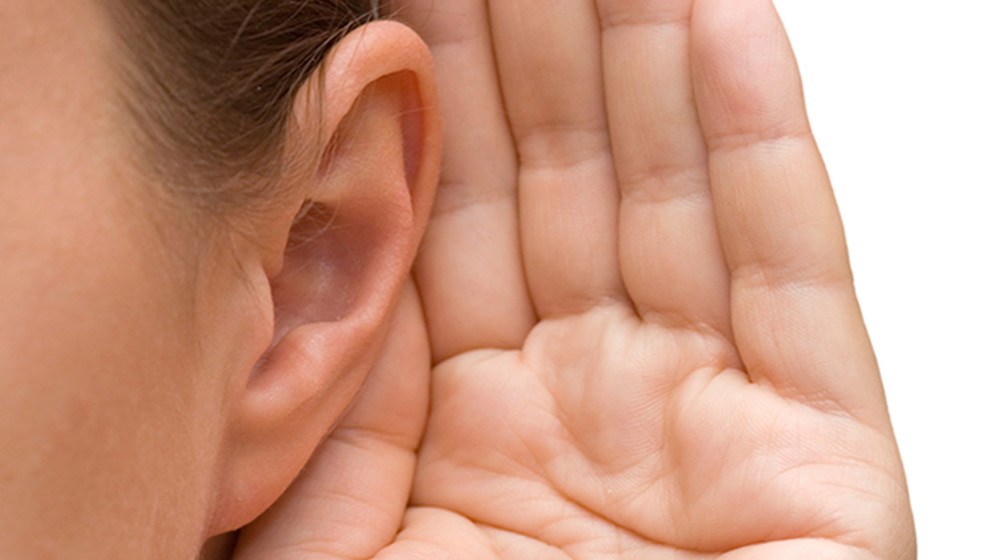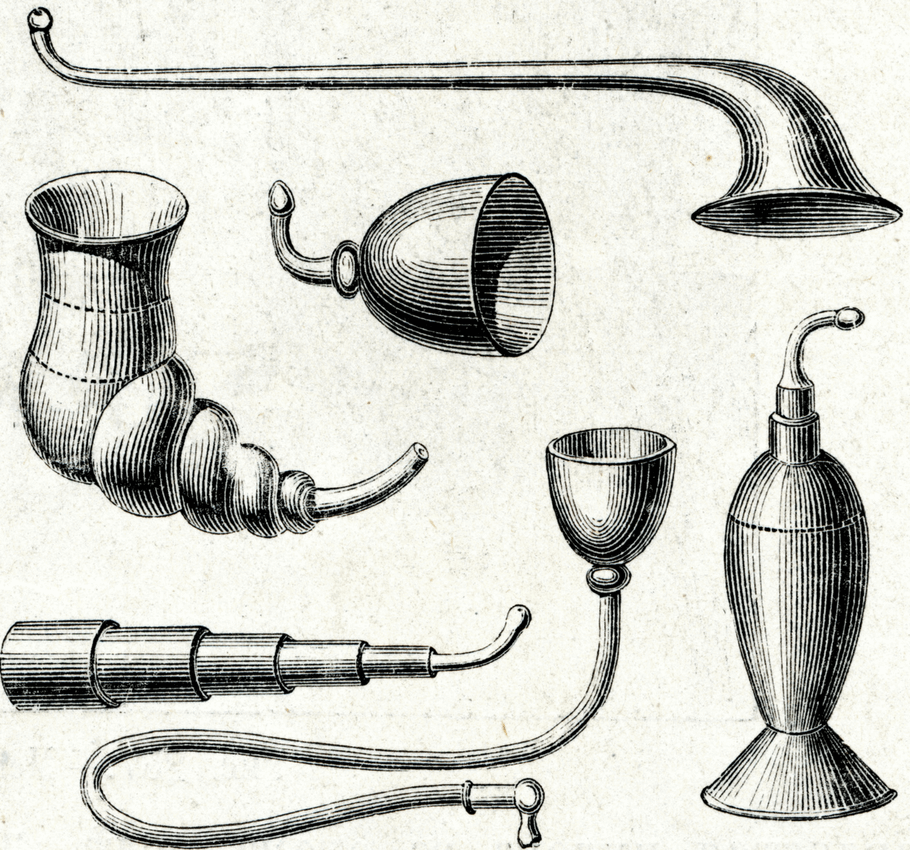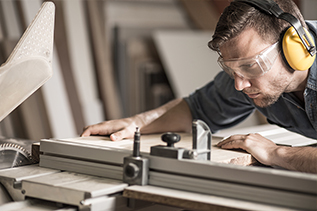Let’s face it, no one likes bad news. And avoiding a hearing test is like, well, not getting bad news. But if you already suspect that you may have hearing loss, why wouldn’t you get a painless and comprehensive evaluation at Customer Hearing Solutions?
Hearing loss is a widespread problem
In the United States, hearing loss is the third most prevalent medical condition behind arthritis and heart disease. But many adults wait five to seven years to get hearing conditions treated. When it comes to your hearing, avoiding the problem can have serious consequences. If you don’t deal with hearing loss you can end up in a long-term care facility, out of a job, mentally challenged or suffering from premature dementia. And we’re not exaggerating!
Hearing loss and falls
Injuries from severe falls are one of the main reasons seniors find themselves in long-term care facilities. Loss of hearing affects your balance and leads to falls, broken bones and other injuries. People with even a mild hearing loss issue are at an increased risk for accidents. A study conducted by the Centers for Disease Control and Prevention surveyed more than 232 million adults and over 15% of those surveyed said they had hearing issues. Within three months of the survey, 2.8% reported they had been injured. The injuries were related to work, sports or leisure activities.
And, the risk of injury increased steadily with the amount of hearing loss. Those who said they had minor hearing loss were 60% more likely to have an injury, those who reported a moderate loss were 70% more likely and those who said they had “a lot” of hearing loss were 90% more likely to have an accident.
Driving issues
In addition to mobility concerns, another obvious issue is driving. Will you be able to hear police or emergency vehicle sirens if you are concentrating on trying to hear your radio or GPS system? Will you hear children yelling as they chase a ball into the street? If you injure yourself, or tragically – another – in a car accident, you are likely going to get a ticket and face some hard issues about whether you will retain your license. Not having a driver’s license will seriously challenge your independence.
Mental health challenges
Individuals with hearing issues are more likely to begin socially isolating themselves because they are challenged by conversations in group settings or even trying to hear a server at a restaurant. This can lead to clinical depression and those with hearing loss are not likely to seek treatment for an underlying condition related to that hearing loss, according to studies.
Scientists at John Hopkins University have discovered a link between hearing loss and early on-set dementia. Because your brain is trying so hard to concentrate on hearing and understanding, it saps the energy needed to keep your cognitive functions sharp.
Job performance can suffer
Do you find yourself making mistakes on the job because you didn’t hear project instructions clearly and you were too embarrassed to ask someone to repeat themselves? Your supervisor won’t be able to distinguish between indifference and hearing issues, so your test avoidance may affect your earning potential and even the chances of keeping your job.
Hearing loss is treatable
Let’s move on to the good news! Hearing loss is treatable. Hearing aids aren’t those big clunky plastic devices that your grandparents wore. They are tiny little marvels that can stream sound from your television or your phone. They have long-lasting batteries or sometimes just recharge on a charging unit. They can be programmed with a couple of taps on a phone app and they can be programmed to “remember” where you’ve been and had to change the settings, so you only will have to do it once.
Don’t avoid having your hearing tested any longer. Give us a call at Purchase Ear Technology to schedule an appointment at (270) 558-3996 or visit our office at 2008 Broadway, Paducah, KY 42001.









